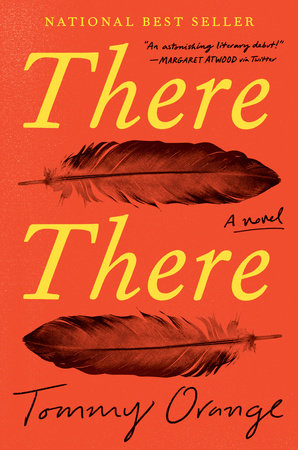Sentences can seem simple. Even the most tangled and complex are just a few words arranged between punctuation and white space. Ideally they make sense standing alone.
But sentences never really stand alone. They live in context, with meaning shaped by the writer’s or speaker’s intent, by the endless sentences that come before and those that will come after. Even a parent’s simple admonition to a toddler – “No.” – is fraught with fears and values and lessons. So, too, any utterance of “I love you.”
Writing with the reader in mind
When editing, I remind writers that they know the meaning and intent of every sentence they write. They know what came before and what is yet to come and what it contains that will not be written. The reader knows none of that. And so writers must consider audience – always – and build each sentence in ways that make its meaning clear, then follow up as needed for further clarity or meaning. I call it “reader think.” It is never easy. It varies depending on your audience and your writing style. Within those parameters, it is always necessary. ~ Jacqui Banaszynski
The best literary sentences, of course, shine on their own, with added facets of brightness when read in the greater context. “From the dancing came the dancing” is one of those sentences.
On a rhythmic level, it echoes the Book of Genesis with all those begats. I find the Bible tough going unless I read it aloud, unless I set aside all the value projections I drag with me and just read it as writing. Then a sort of music sets in, as does the growing import of each sentence layered on all the sentences that came before. The same thing happens in the long, building passages from Tim O’Brien’s title chapter in “The Things They Carried.” As he lists and lists and lists the many things that grunts carried through the jungles of Vietnam, the layers and weight and exhaustion of their burdens get picked up by the reader.

When I reached that sentence in “There There,” I had one of those wonderful yes! moments as a reader. It is lovely all on its own, as an arrangement of a few words between punctuation and white space. It is musical, especially when read aloud. It brought all the pages I had read before into a brighter, deeper relief. You won’t find a reference to it in most of the reviews, and Orange’s title is its own worthy exploration in the hidden meaning of “known” phrases. But for me it contained the book as a whole.
Then it went another immediate step: It held up a mirror to other facets of my life – ones Tommy Orange couldn’t have had in mind because the specifics of his book are nothing like the specifics of my life. And yet they are true reflections. That sentence speaks to me of the truth of where things come from. It speaks to all those begats, whether they are about physical strength or the strength of relationships or the strength of our story craft.
How so story craft?
I urge reporters and editors to get a little wild when they brainstorm story ideas. Ideas beget more ideas. Bad ideas can lead to good ideas, crazy ones to creative ones. The key is to let the ideas run and grow and then birth new and better ideas.
Same when you’re hunting for the right word or analogy or metaphor. A reporter and I once spent three days pinging phrases back and forth until we hit on the right description for a little girl’s sweet but misshapen face.
I do a less effective version of begetting for my own writing. I thumb the dictionary, spin a carousel of possibilities in my head, type, delete, type, delete until I hit that yes! moment or run out of time. (The latter usually comes first, but that’s the biz.)
Readers intuit intent when they read the sentence we write. If they read carefully (never a guarantee) they know what came before, but not what is yet to come. At the same time, they bring themselves to our stories, whether consciously or not, just as people bring themselves to a piece of art. So when I read Orange’s simple sentence, I think of all the other aspects of life – good writing, mastery of skills, healthy habits, loving relationships, creative sparks – that are begat from versions of those same things that came before. From the running comes the strength. From the loving comes the love. From the dancing comes the dancing.
From the writing comes the writing.



